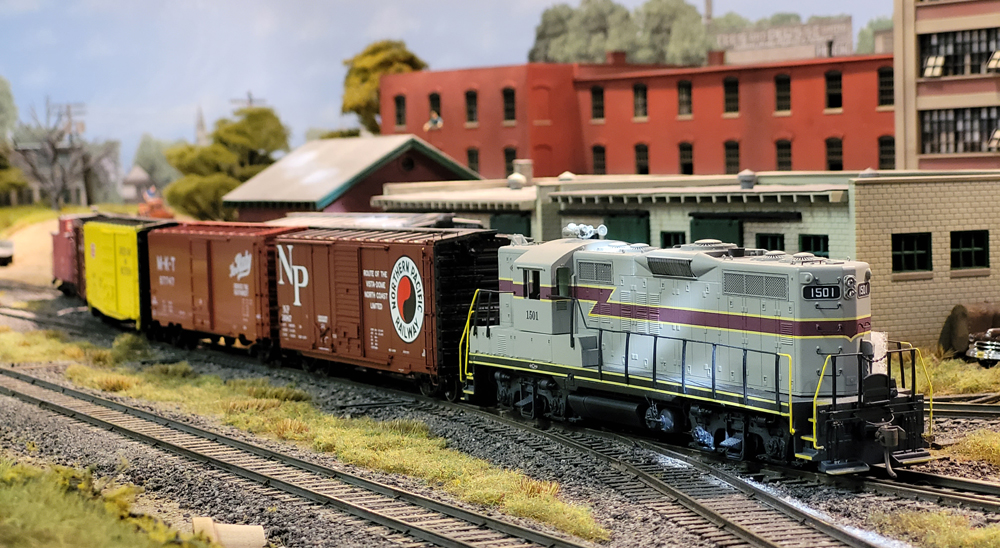
Getting started in model railroading can be a daunting task, even for those with experience and knowledge regarding prototype (i.e. real-life) railroading. We’ve been asked in the past what we at Model Railroader consider the “essential” locomotives and rolling stock for beginner model railroaders. Well, that’s a loaded question, one which opens more questions than […]
Read More…
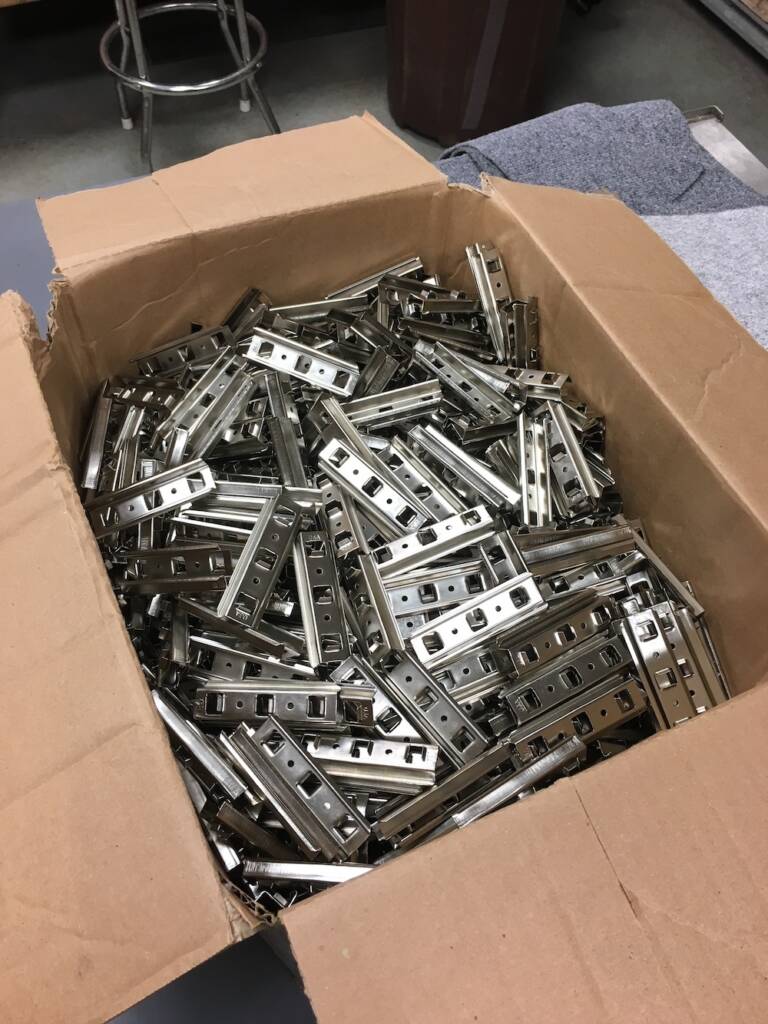
Editor’s note: Kirk Lindvig reached out to Classic Toy Trains offering to send product samples for review. When he emailed photos of his U.S.-based manufacturing process, it reminded me of the behind-the-scenes manufacturer profiles CTT used to do years ago. I felt our readers would find the process interesting. I present this Q&A interview with […]
Read More…
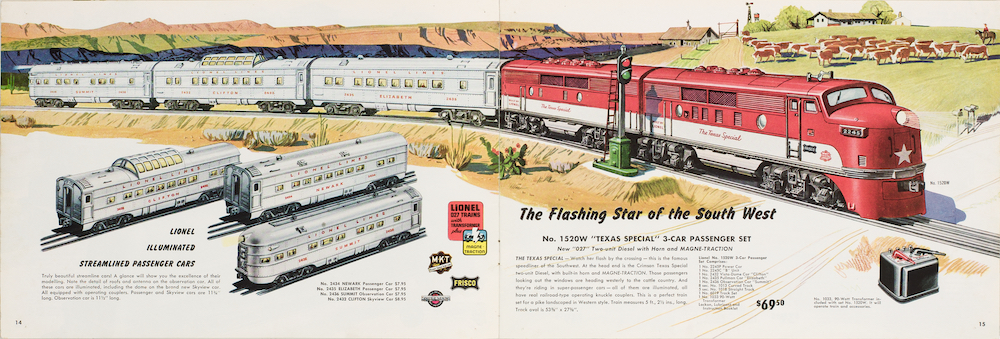
Lionel No. 2245 Texas Special F3 Diesel A and B Units celebrate their 70th anniversary this year. The beautiful O gauge locomotives made their debut in the noteworthy year of 1954 as separate-sale items priced at $39.95 ($470.63 in today’s dollars) and as the motive power in a pair of outstanding O-27 outfits: the Nos. […]
Read More…
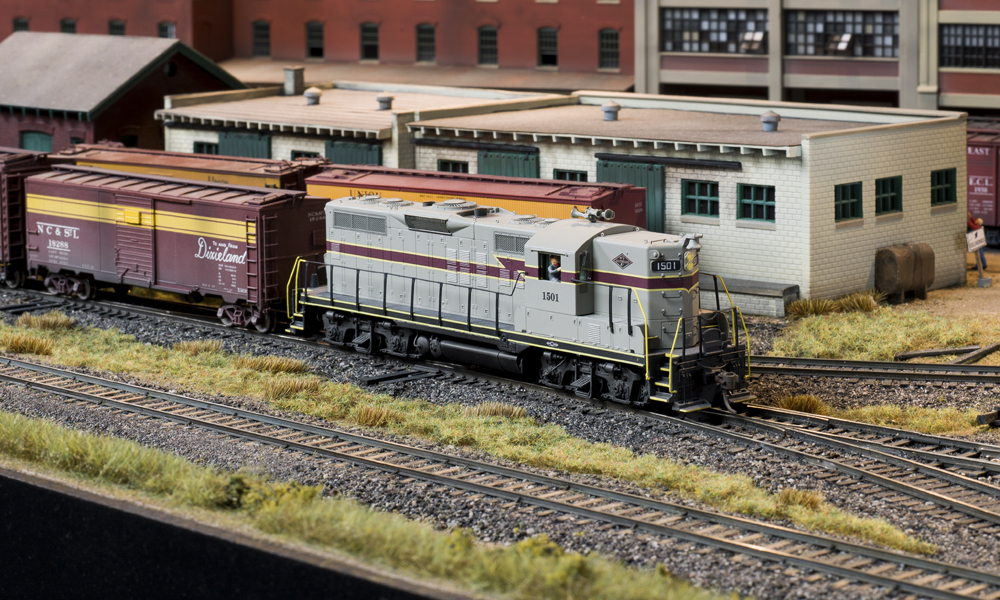
So you’ve found the hobby of model railroading. Whether you were introduced to it by a family member or friend, or picked up an issue of Model Railroader at the newsstand, or found a video of modeling on YouTube, you’re here for a reason. Why should you join the hobby of model railroading? Community […]
Read More…
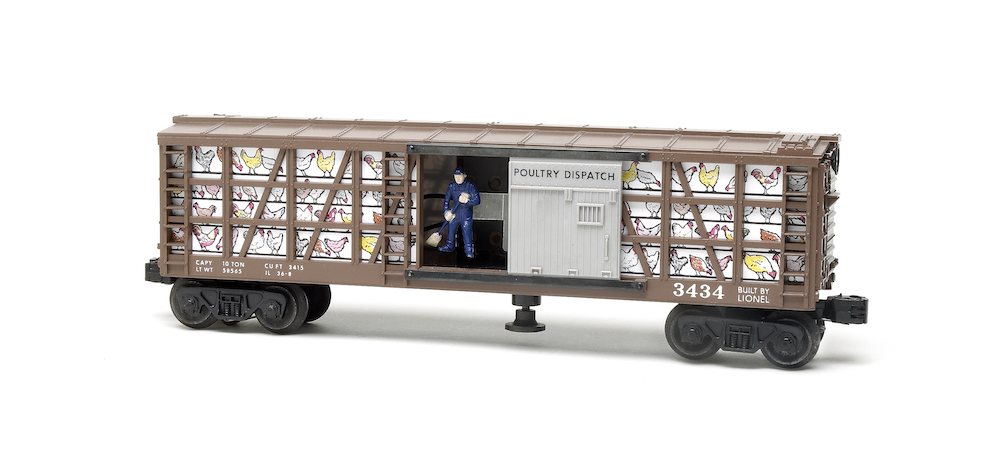
I have two modern Lionel operating cars based on the postwar No. 3434 Poultry Dispatch Car. One, the No. 29825 Postwar Celebration version of the 3434, has the figure suspended on the operating arm between two springs. On the other, a No. 16739 Looney Tunes Foghorn Leghorn Poultry Car, the operating arm appears to have […]
Read More…
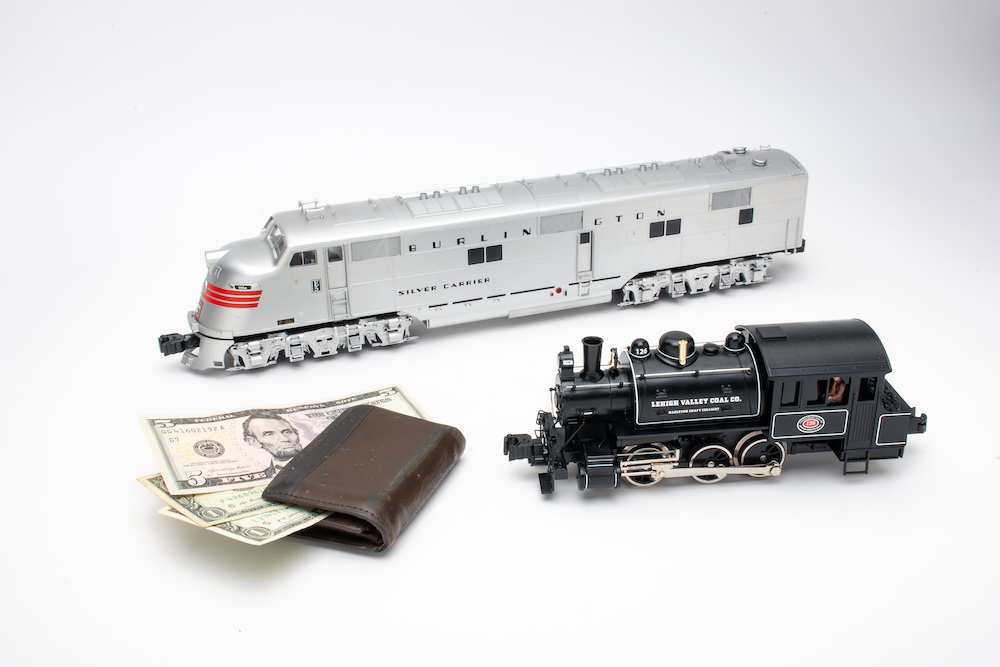
I’ll admit in preaching to the choir that O-gauge model railroading can be an expensive endeavor. Newer, higher-end scaled products that can be either preorders or recent releases can cost many hundreds to thousands of dollars. My time at the Milwaukee Lionel Railroad Club (MLRRC) in New Berlin, Wis., has garnered friendships with fellow members […]
Read More…
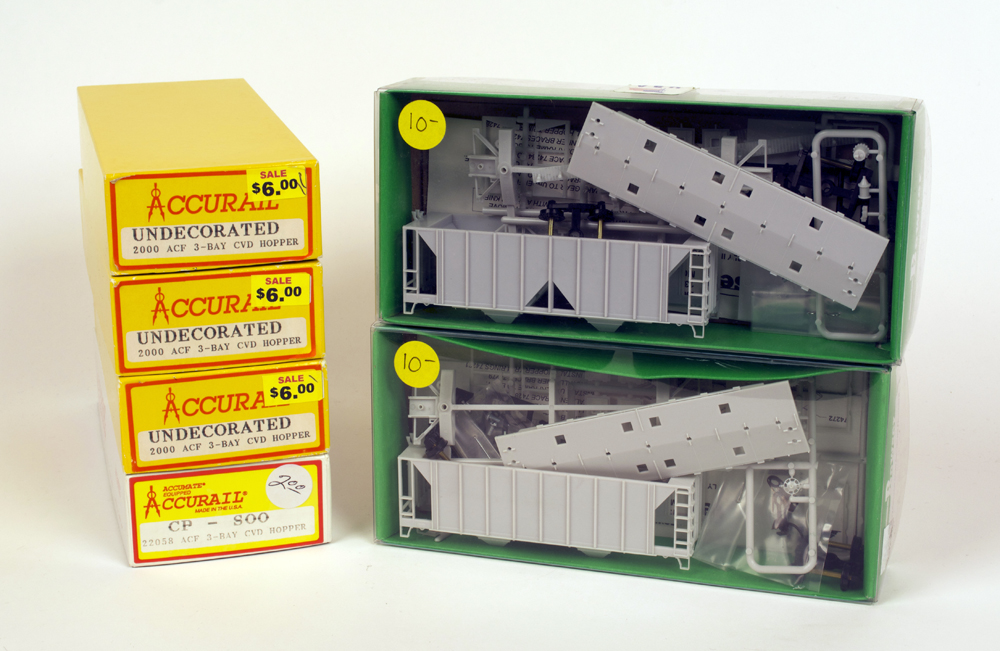
There’s a robust market for secondhand model railroad products today. Hobby shops, online auction websites, and swap meets are a few of the typical places you can find used locomotives, freight cars, and structures, among other items. In recent years, sellers have taken to non-hobby channels for secondhand trains, such as Craigslist and Facebook Marketplace. […]
Read More…
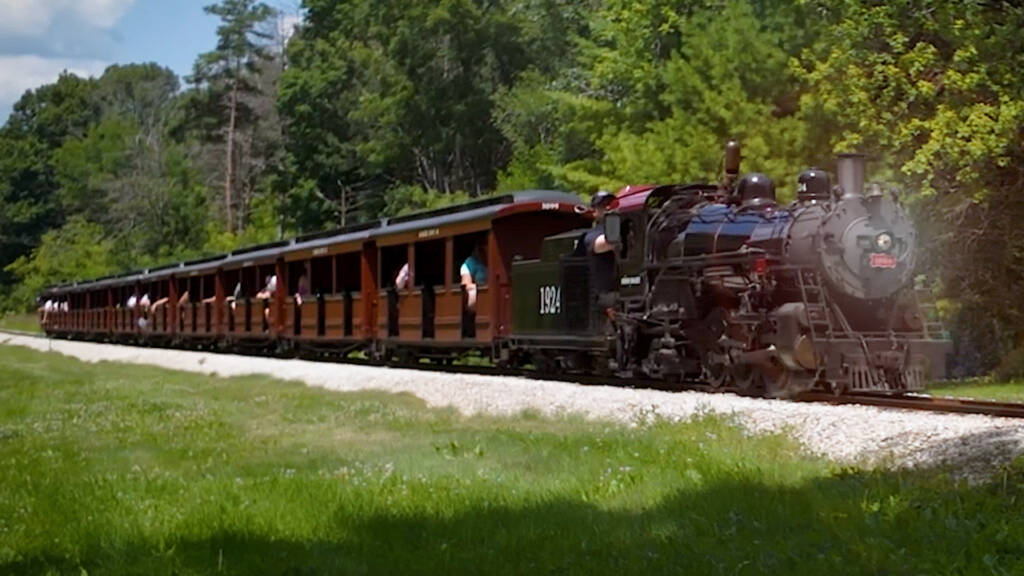
Ride with Trains.com, as staff members Lucas Iverson and Ben Lake, as they enjoy grand scale railroading (often associated with miniature, ride-on trains) at The Milwaukee County Zoo’s North Shore Bank Safari Train! Enjoy up-close views of their visit in July 2024, and then read more details about the 15-inch gauge railroad’s past, present and […]
Read More…
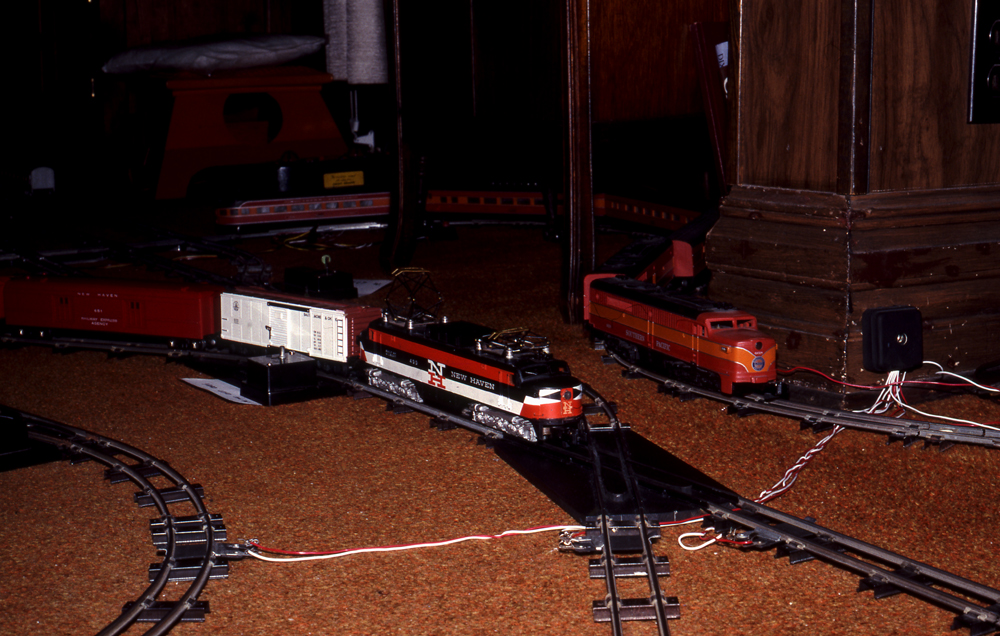
Editor’s note: This manuscript was purchased in December 1990 for Model Railroader magazine. Over the years, it made its way around the office and finally landed in my hands last fall. Dave Ingles was a friend of mine, and with his passing and my becoming editor of CTT, it seemed fitting to finally share his […]
Read More…
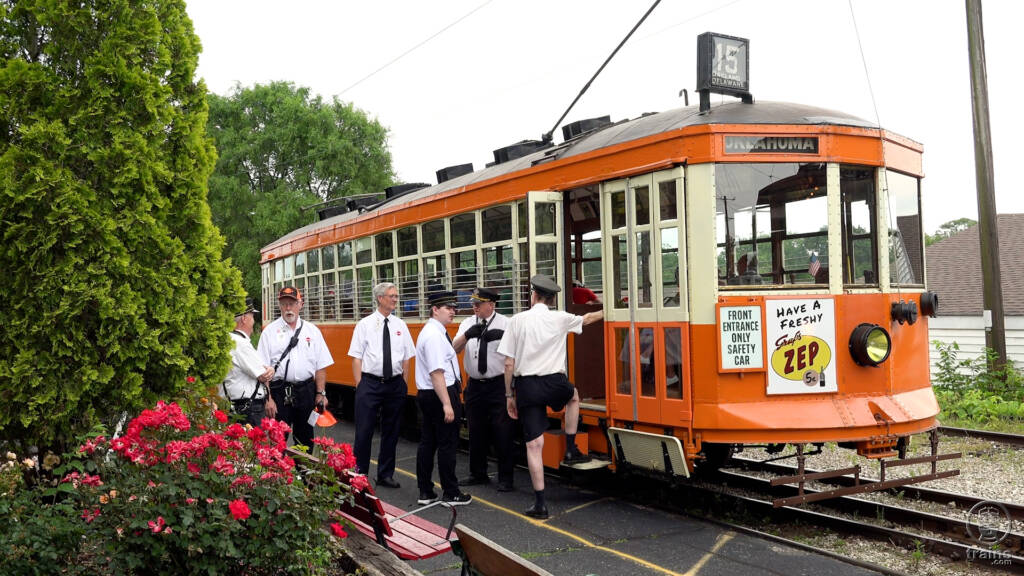
Join Trains.com, as staff videographer Sean Kirby focuses his camera on the action in East Troy, Wisc., home to the East Troy Railroad Museum. On location, Sean makes the most of the museum’s Railfan Day 2024, one of numerous planned event days. On this occasion, he’s able to capture various equipment in run-bys, with ticket […]
Read More…
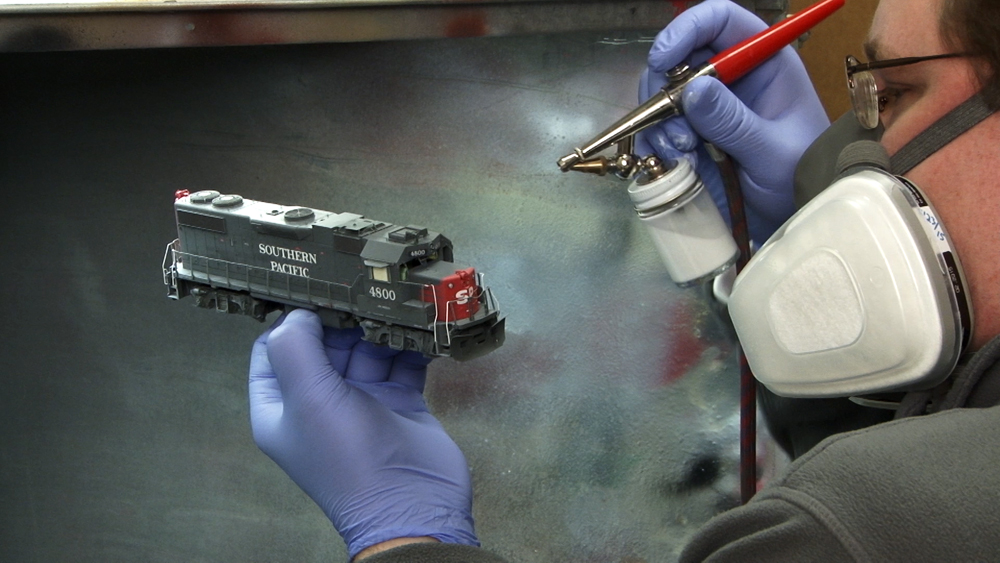
In my 20-plus years with Model Railroader magazine, I’ve written several how-to articles on airbrushing. Some have focused on using the tool to re-create models you can’t find on the shelf, such as “How to paint multi-color locomotives” in the September 2013 issue. Others, including “How to weather coal hoppers” in December 2012, have demonstrated […]
Read More…
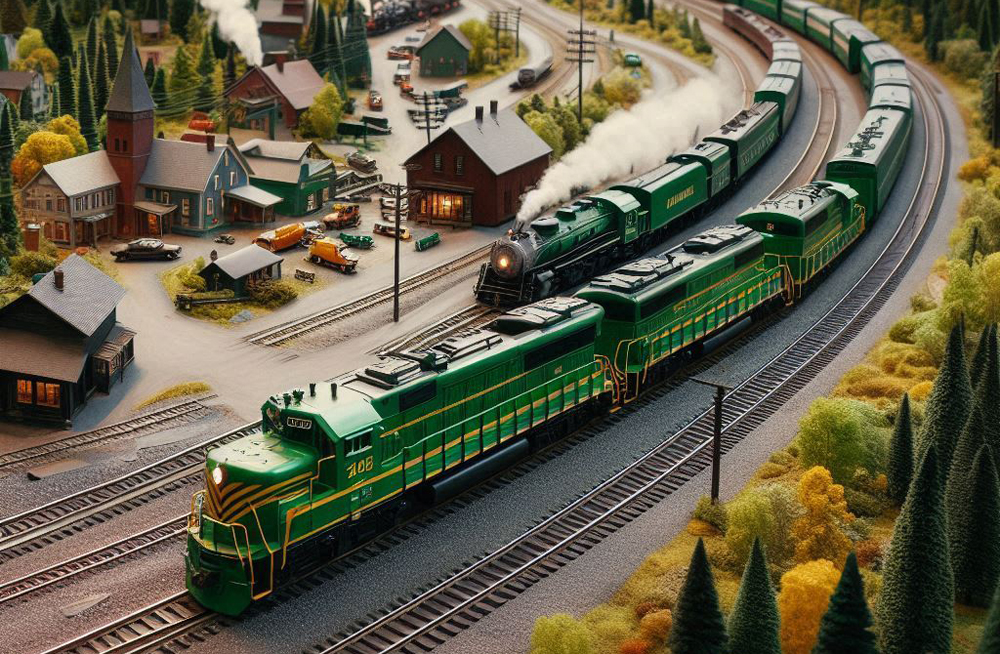
Large language models (LLMs) or as they are colloquially known, AI, have made impressive progress since I last explored possible use cases relating to model railroading last summer, in the form of both chat-based programs and image generation. With a year having passed between then and now, I thought it would be worth revisiting this […]
Read More…












